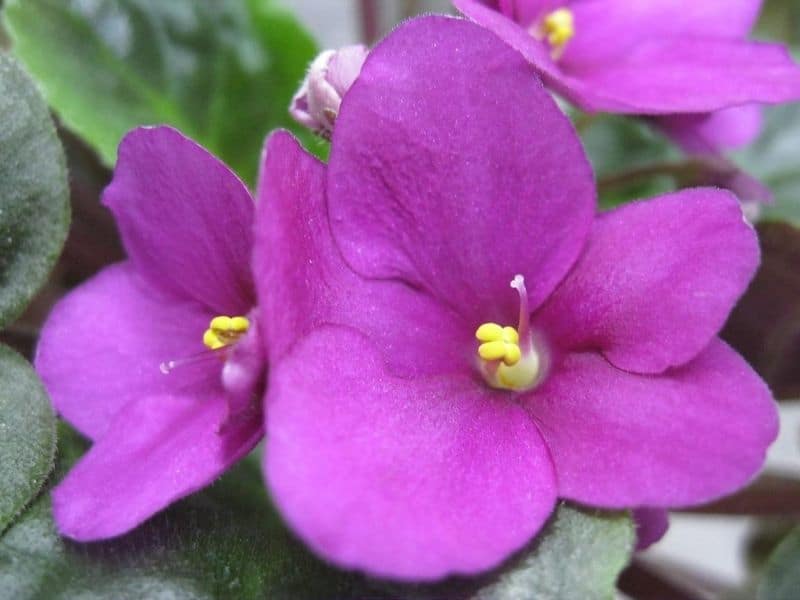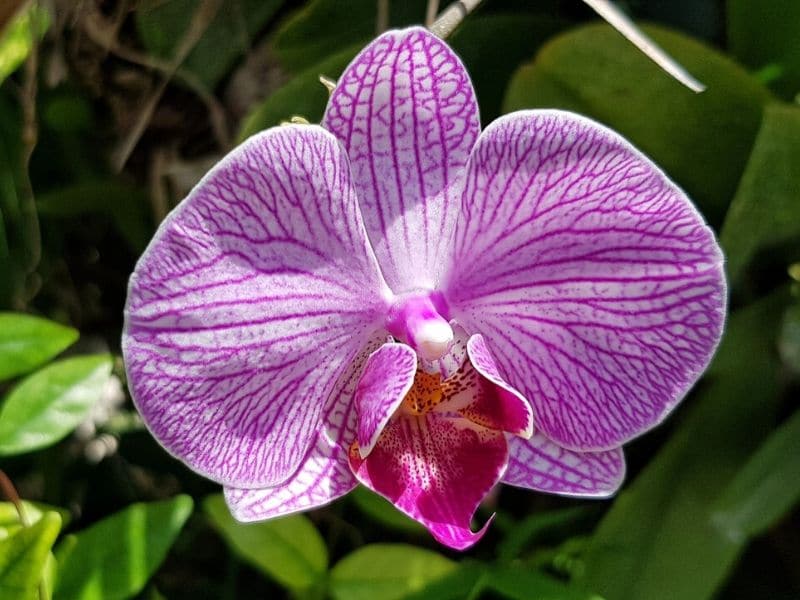Ever noticed how your morning cup of joe can jump-start your day? Surprisingly, it’s not just you who craves that caffeine kick.
Some of your garden plants may well do too! Yes, you heard that right. Coffee grounds can be a gardener’s best friend, offering numerous benefits for certain types of plants.
Imagine turning your coffee waste into a valuable resource for your garden. It’s not only environmentally friendly but also helps you grow healthier, more vibrant plants.
So, if you’re curious about which plants like coffee grounds and how to use them, you’re in the right place. Let’s delve into the world of coffee-loving plants together.
Types of Plants That Thrive With Coffee Grounds
Let’s uncover the types of plants that perk up when they receive a touch of coffee grounds in their daily routine.
Acid-Loving Plants
Acid-loving plants are like the coffee addicts of the plant world, feeding off the rich acidic content in coffee grounds. Rhododendrons, azaleas, and blueberries are prime examples.
They devour the coffee grounds’ low pH levels, leading to lush, vibrant growth. Make these acid-craving foliage your priority on your next coffee ground feeding mission.
Vegetables and Fruits That Benefit From Coffee Grounds
Not only flowers, but certain fruits and veggies also love the buzz coffee grounds provide. Suppose you’ve been nurturing tomatoes, carrots, or radishes in your garden.
You’ll be thrilled to know that a sprinkle of coffee grounds can improve their productivity. It’s not just about feeding; coffee grounds deter pests too. Your garden will truly flourish when you add this unconventional item into your gardening regimen.
Indoor Plants That Like Coffee Grounds
Chances are you’re an indoor plant enthusiast who also loves a good cup of java. If that’s the case, you’ll be happy to know that your coffee grounds could serve a surprisingly beneficial purpose for some of your indoor plants.
African Violets

African Violets are a fan of caffeinated soil. These indoor favorites thrive when their potting mix includes a small amount of coffee grounds. The grounds help to absorb water and keep it balanced within the soil, perfect for these moisture-loving violets.
So, instead of chucking grounds after your morning espresso, try adding a spoonful to your African Violet’s container once a week. You’ll soon notice a difference – the vibrant green leaves and beautiful blossoms are a clear sign of a happy, well-nourished violet.
Orchids

Orchids are another breed of indoor plants that enjoy the occasional coffee kick. They’re a sucker for acidic soil, and guess what?
Coffee grounds can help increase the acidity level of your growing mix. Sprinkle a thin layer of used grounds around the base of your orchid once every two weeks.
Remember, moderation is key. The goal is to create a mild acidic environment without disturbing the orchid’s delicate root system. In due time, your orchid will reward you with robust growth and charming bloom spikes, testifying to its improved health.
Outdoor Plants and Flowers That Benefit From Coffee Grounds
Switching gears, let’s concentrate on outdoor plants that can reap the benefits of coffee grounds.
Hydrangeas

Hydrangeas love coffee grounds! Used coffee grounds add acidity to the soil, encouraging the hydrangeas to bloom in vibrant blues. Try mixing coffee grounds into the soil around your hydrangeas – it’ll lead to some stunning colors.
Just remember, more coffee grounds mean more acidity, resulting in bluer flowers. So, if you’re planning a garden spectacle of royal blue hydrangeas, coffee grounds can be your secret weapon.
Roses

Roses, too, are significant coffee ground fans. The grounds provide nitrogen, beneficial for rose growth and flower blooming. Incorporating coffee grounds into your rose soil also helps improve drainage and water retention, fostering healthier roots.
And here’s a fun fact: the abrasive nature of coffee grounds can deter pests like slugs and snails. So next time you’re tending to your roses, sprinkle some coffee grounds around them – roses, as we all know, are worth the extra effort!
How to Apply Coffee Grounds to Your Plants
You’re all set to add a jolt of java to your green darlings. Here’s how to do it effectively and safely.
Direct Application to the Soil
Applying coffee grounds directly to the soil is as easy as it sounds. First, allow the coffee grounds to dry out to prevent mold accumulation. Once dry, spread the coffee grounds evenly around your plants’ soil, concentrating on the base.
Be cautious not to overdo it. A half-inch layer of coffee grounds is more than enough. This strategy not only nourishes the earth with beneficial nutrients but also deters some pesky insects.
Making a Coffee Ground Tea for Plants
Making a coffee ground ‘tea’ is a great way to provide your plants the needed nutrients without potentially damaging their roots. To create this ‘tea’, take half a cup of used coffee grounds and add it to a 5-gallon bucket of water. Let it steep for a couple of hours or even overnight.
Later, simply water your plants with this nutrient-rich coffee ‘tea’. You’ve now turned your old java into a gourmet meal for your plants, while saving a few dollars on plant food! Just remember: moderation is key.
Too much coffee can be as harmful to plants as it is to humans. Stick to a monthly feeding schedule or as required based on the plant’s type and its specific needs.
Common Mistakes to Avoid When Using Coffee Grounds
Even though coffee grounds can be beneficial to some plants, there are pitfalls that you need to sidestep to enjoy its maximum benefits.
Using Fresh Coffee Grounds Directly on Plants
While it may seem tempting to pour fresh coffee grounds straight onto your plant’s soil, it’s not the best move. Fresh coffee grounds are highly acidic and can harm your plants rather than helping them.
For safer application, allow the coffee grounds to dry and cool before you mix them into the soil. Doing so reduces their acidity and makes them more palatable to your plants.
Overapplying Coffee Grounds
Just because coffee grounds are good for some plants, doesn’t mean you should drown your plants in them. Overusing coffee grounds can lead to soil compaction, which restricts a plant’s access to water and air.
Strive for a balanced approach, adding just enough coffee grounds to provide nutrients without smothering your plants. Remember, a little can go a long way.
See more:







